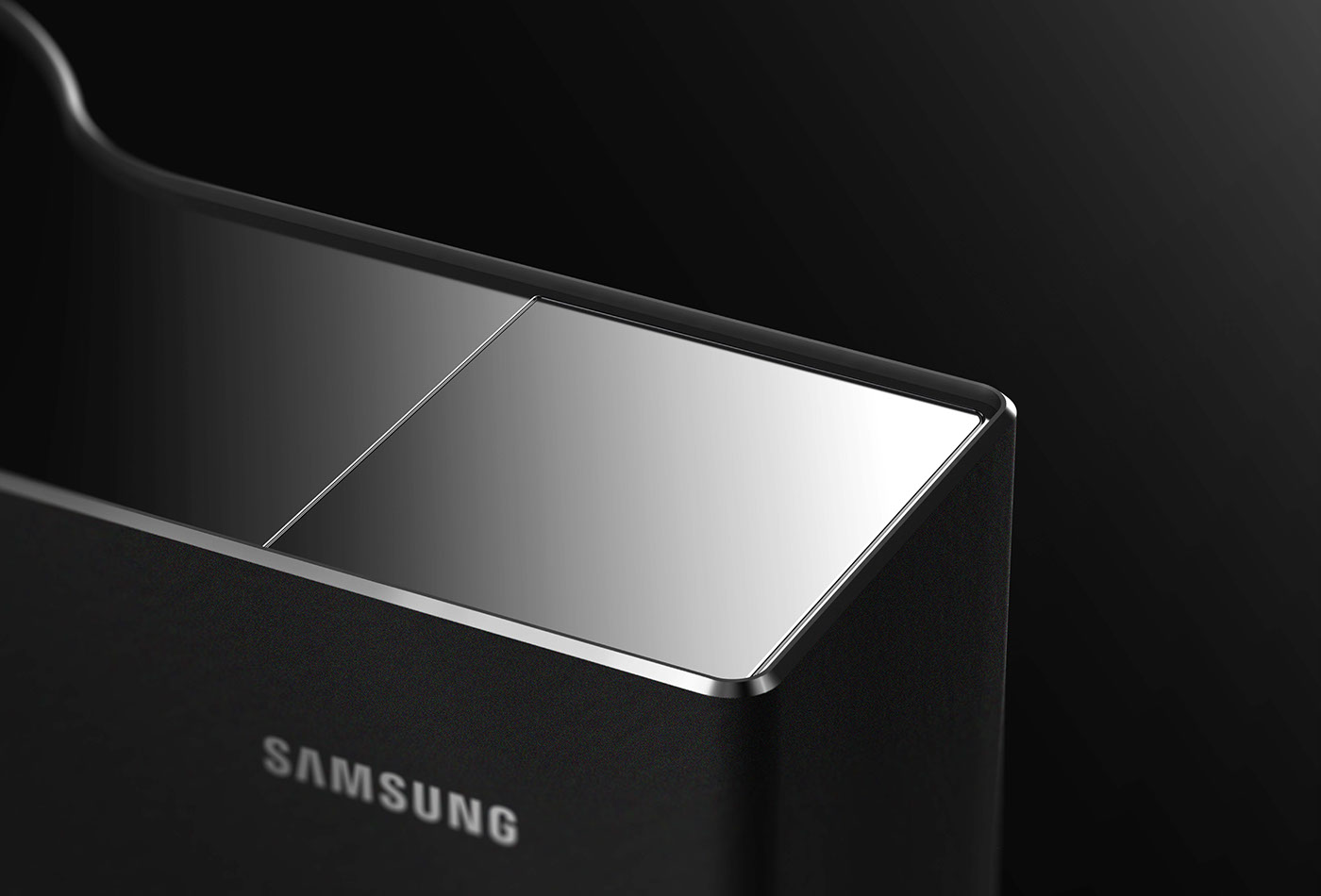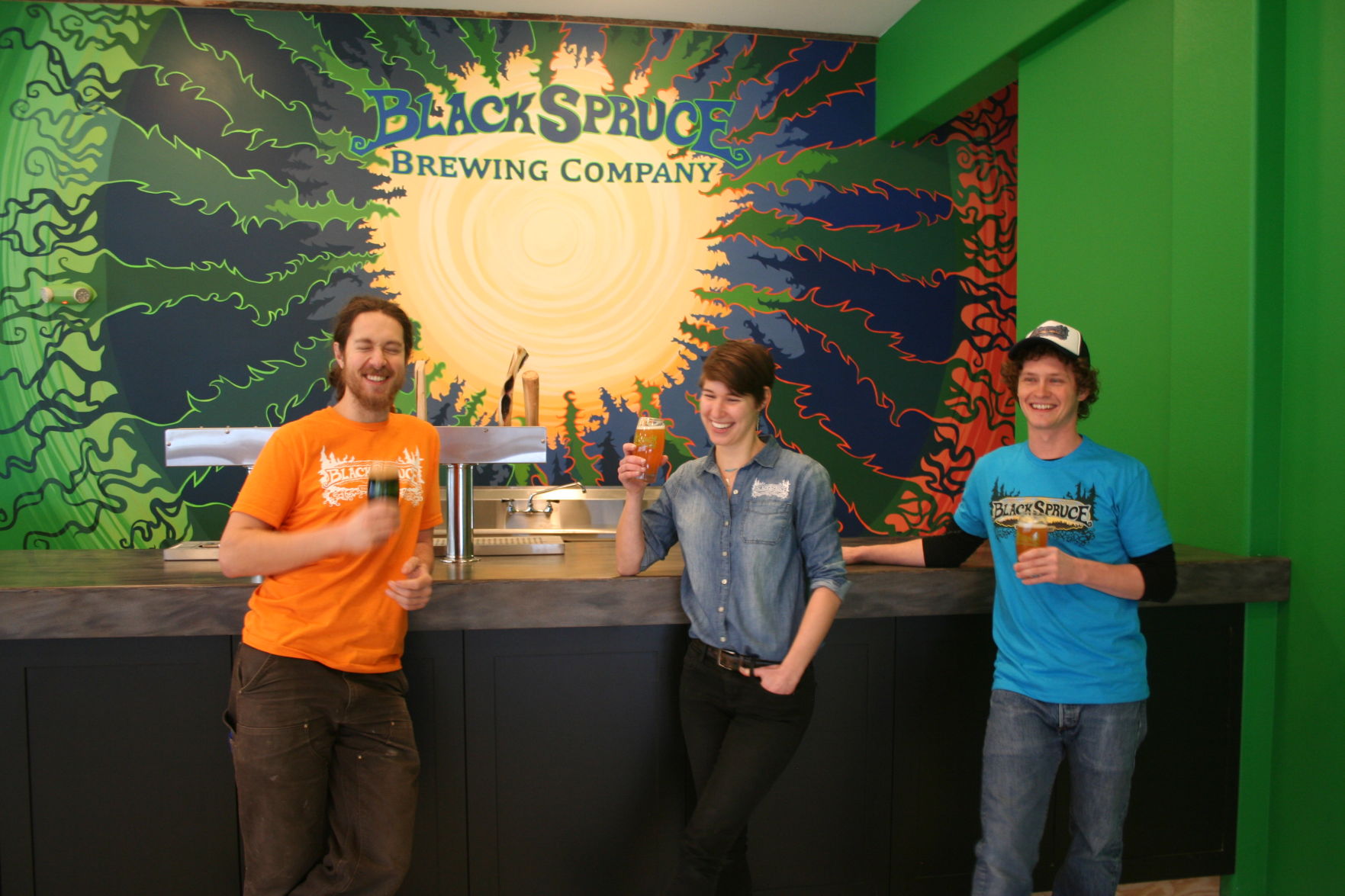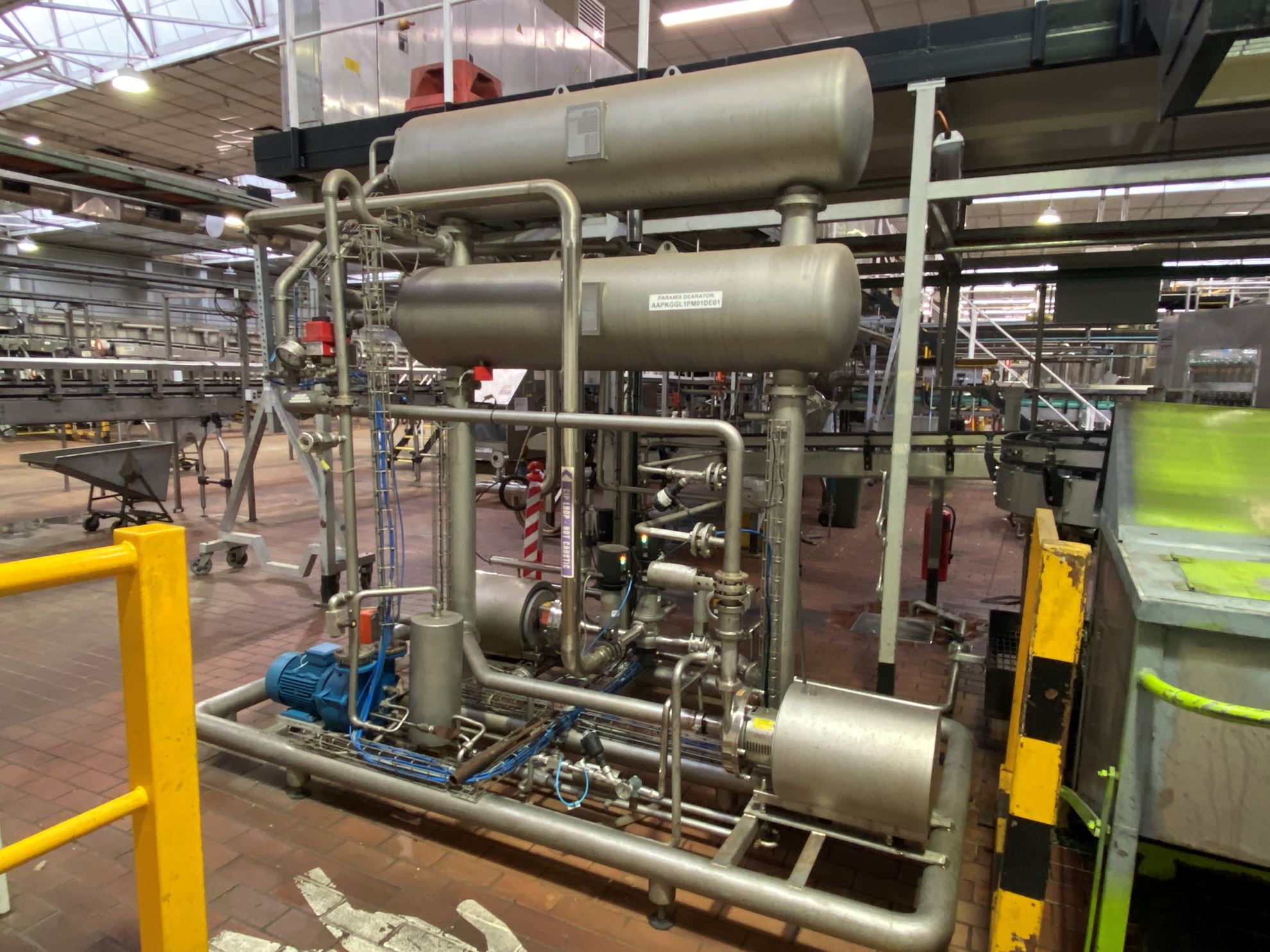How to make beer? Home beer brewing Beer making kits, supplies.
Table of Content
Generally, yeast produces tiny by-products during fermentation, but; they are so small that the human palate is not going to perceive them. However, if you increase the fermentation temperatures, then the concentration of these by-products increases as well. When you are ready to pitch, swirl or stir the starter and pour it into the wort. During primary fermentation, volatile esters are often lost to a violent fermentation, but things are calmer in secondary as the yeast are just about spent already. A siphon is used to move the beer, which just pulls the liquid portion out and leaves the yeast cake undisturbed at the bottom of the fermenter.
You’ll also need cracked grains, liquid brewing yeast, liquid malt extract, hops, extra spices for flavoring, and conditioning tablets. A beer brewing kit will come with everything you need to get started if you don’t want to buy your equipment and ingredients separately. Once you have everything, sanitize your equipment by soaking it in diluted bleach for 20 minutes. Sanitizing is important so your beer doesn’t get contaminated and pose a health hazard.
Homebrew Kit - Beer Bottles, Kettle, Digital Thermometer, and Spoon
Malt syrup is sticky and messy, and it can be tricky to add it while stirring. If it sits in contact with the bottom of the pot too long, it’s liable to burn and throw off your batch. In all-grain brewing, temperature control is very critical, as extracting fermentable sugars from malt is an enzymatic process. Hydrometer ~ A specialized piece of brewing equipment used to measure the “potential alcohol” of a given batch. The process of making alcohol from juice is relatively simple and can be done with just a few household items.

In this section, we’ll guide you on how to lager a beer successfully. The best home brewing recipe choices come from different sources. Some are from the Internet posted by those who have already tried and tested the home brewing recipe lists that they are suggesting. You could even create your own home brewing recipe with the help of the home brewing software programs available in the market today. Allow your homemade beer to “bottle condition” for about 2 weeks before drinking.
The Pros And Cons Of Drinking Wine Or Beer Before Bed
As their names suggest, the type of yeast used plays an important part in influencing the type of beer that will be made. Do not rely on the yeast to define the beer, however, as all of the ingredients play a part in the taste and type of beer you will create. Cleaning your unit of caked-on scum and beer residue is essential to crafting great beer. The simplest way to get rid of caked-on scum and beer residue is to pick up a brewing-specific cleanser. Note that the sooner you clean your fermenter after brewing, the easier the cleaning will be.
The kits often come with everything you need for one batch of a particular style of beer. Many companies also sell recipe kits that include all of the ingredients you need—grains, malt extract, hops, and yeast—for various styles. Or, you can buy the ingredients individually for custom recipes.
New recommended product – 3 tier systems
Keep it simple and make every brew session easier with a long-handled 21" stainless spoon for stirring wort, dissolving cleanser, or mixing priming... And when it comes to homebrewing and winemaking, tracking your progress down to the very smallest detail ... It only takes one temperature swing to wreak havoc on your fermenting homebrew. Make sure your next brew is a success with the Bru Success® Ferment... The most powerful homebrew stir plate in the world and pure oxygen infusion for your wort.
Kits for brewing wine and beer are available in stores as well as online. Make sure everything you use is sterile before using it. While wine takes much longer to make than beer, it is an easier process. A typical beer brewer already has the equipment required to make wine from scratch. Make the same mistakes you would make when making beer.
Every type of beer contains some of the ingredients. These grains help preserve your beer and prolong its lifetime. These flavors are not popular in craft beers, and removing chlorine from your water helps prevent them.

Before you begin brewing beer, always sanitize all your equipment. Most brewers use oxygen-based cleaners that leave no residue and can actually be used without rinsing . The most popular is One Step Cleaner, and it’s easy enough to follow the instructions on the bucket. It is suggested that you start a wild yeast starter before adding the moonina. Because the process is similar to making a standard beer, there will be some minor changes to the initial steps. Although it is possible to make alcohol without the addition of cultivated yeast, it is almost impossible to do so without wild yeast.
With any of the manual brewing systems, you can try fermenting beer in a glass carboy or conical fermenter rather than a bucket. In most cases, pieces of equipment that get worn out or damaged are also available without the need to purchase a new kit and replace everything. Each kit comes with all the ingredients you need to homebrew as well as priming sugar, bottle caps, grain bags, and easy-to-follow directions.

It's time to step up your game and build out your brewhouse. We’ve taken our All-Grain Cooler System and added upgrades to provide the best possible brewing experience. Whether you’re curious about the craft or looking to upgrade your set up, our new Premium Craft Brewery in a Box contains all the homebrew equipmen... If you are using a glass carboy, never pour hot wort directly into it, it will break from the temperature difference. You need to dry it to stop the fermentation and make your finished product taste better.
You will also require wine yeast, two glass gallon containers, a hydrometer, equipment sanitizer, corks, a corker, airlocks, tubing, and airlocks. Drunken alcoholic beverages with improperly prepared spirits can sometimes result in death. Once everything is sterilized, you will need to combine the sugar-based material and water in the fermentation vessel. This mixture should be left to ferment for 7-10 days, during which time you will need to monitor the temperature of the mixture closely. Once fermentation is complete, you will need to heat the mixture in order to begin the distillation process. The heating element will need to be slowly adjusted in order to maintain a consistent temperature throughout the process.

Making beer is an art, and art requires the correct tools. Gathering your equipment before you start brewing ensures you’ll have everything you need on hand when you need it. Grapes and other fruits can be crushed, stomped, smashed, or whatever else you want, covered airtight, and can ferment naturally without adding any yeast.
This allows you to understand all the steps in the process without having to re-invent the wheel by figuring out your own recipe. Unlike cooking recipes which are expected to take a few hours at most, beer recipes have a timeline that is more like four weeks from beginning to end. While the wait may be long, it doesn't take very much work to brew your own beer from malt extract. You'll need a few special ingredients and pieces of equipment that can all be ordered online or provided by a local homebrew shop. BrewDemon’s Conical Fermenting System comes with handcrafted beer recipes from New Zealand’s highly regarded Speight brewery.

Let the grains soak in the water for either 60 – 90 minutes depending on your recipe. Be sure to stir the grains from time to time to increase your efficiency. Alternatively and a great way to start with all-grain brewing is to actually buy an all-grain beer kit. The systems that use a basket are also referred to as all-in-one brewing systems. Some of them come with more bells and whistles than the others, such as brewing apps that connect to your smartphone.
Comments
Post a Comment